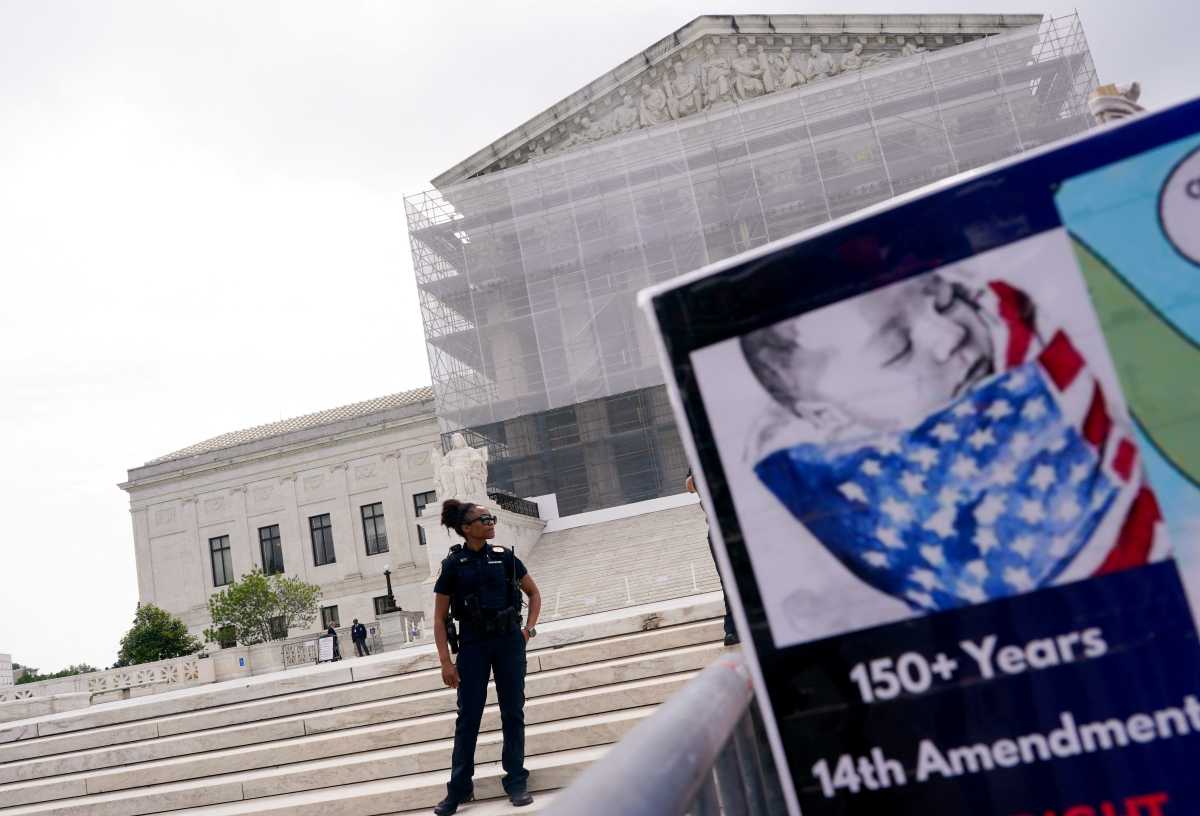Premiums have been skyrocketing and the largest insurer, American Transit Insurance Company (ATIC), is insolvent, with few insurance carriers willing to enter the market. One of the major contributors to this crisis is New York’s no-fault (Personal Injury Protection or “PIP”) insurance law and the fraudulent and inflated claims encouraged by the city’s unique requirement for additional no-fault insurance coverage for taxis and for-hire vehicles.
It is important to understand what no-fault insurance entails. It is designed to provide quick compensation for medical expenses and other damages after an accident, regardless of who is at fault. While this sounds beneficial, the NYC Taxi & Limousine Commission (TLC) mandate that taxis and for-hire vehicles carry $200,000 of no-fault—four times what the state requires—makes these vehicle owners an easily identifiable and particularly attractive target for fraudulent or inflated insurance claims.
The recent racketeering lawsuits Uber and ATIC filed separately against dozens of personal injury plaintiffs’ law firms, medical professionals and clinics, highlight the systemic abuse of the existing no-fault insurance framework. The relatively quick payout on claims without establishing fault has encouraged healthcare providers to submit fraudulent no-fault claims for nonexistent, false, or exaggerated injuries. A March 2024 report from the New York State Financial Services (DFS) found suspected no-fault fraud cases accounted for 75% of all insurance fraud reports and 94% of all healthcare fraud reports received in 2023. This abuse has made New York’s no-fault insurance system one of the costliest in the country, with claims often far exceeding those in other states. Moreover, insurers that have left the NYC commercial auto insurance market cite the TLC’s additional PIP as a reason for their exit.
Another critical point to consider is the impact on insurance premiums. The no-fault abuse and fraud have increased the cost of insurance for drivers, creating a ripple effect that passengers ultimately feel in the form of higher fares. If the TLC were to eliminate this redundant requirement, it could lead to savings for drivers. This, in turn, could translate into lower fares for riders over time, making taxi and for-hire services more accessible to all New Yorkers. Given the ongoing conversations around affordability in the city’s transportation systems, imposing unnecessary financial burdens that could undermine this access seems counterproductive.
New York City Council Member Carmen De La Rosa introduced legislation in September 2024 to bring the TLC-required no-fault to the statewide standard. Eliminating TLC’s additional no-fault insurance could help deter insurance claim abuse and fraud, encourage competition in the taxi and for-hire vehicle insurance market, and eventually lower premiums. The costs to the industry’s continued existence weigh in favor of removing the TLC’s Additional no-fault coverage.
The additional no-fault coverage that taxis and for-hire vehicles carry does not significantly or directly enhance the safety or well-being of passengers. The existing insurance frameworks for taxis and for-hire vehicles already cover a significant range of liabilities, ensuring drivers and passengers are protected in an accident. The workers compensation laws and benefits funds protect drivers already, and pedestrians and other motorists have always been unable to collect the additional no-fault under state regulations. On top of that, most taxi trips are on average slightly over one passenger per trip, so the state limits, coupled with most people having their own private health insurance or Obamacare, provide immediate reimbursement for medical expenses.
On top of ample coverage now being available – which was not there when the Additional PIP was raised in 1998, TLC-licensed drivers tend to be among the safest on our streets. One study found that taxi and livery drivers’ crash rates were about one-third lower than for all other types of vehicles and that passengers were more likely to be injured while riding in a vehicle driven by a loved one than by a TLC-licensed driver. By layering on an additional layer of no-fault insurance, the TLC is essentially asking drivers to pay for redundant coverage without demonstrating any added benefits for their safety or security.
Eliminating the TLC’s additional no-fault insurance requirement would be a step toward providing much needed support to drivers who contribute so significantly to NYC’s economy and social fabric. It is time for the TLC to recognize insurance policies should enhance the livelihood of drivers while maintaining safety standards—not create barriers that threaten their stability and place within the profession.
The NYC Council recently held a public hearing on this proposed legislation and has shown true leadership on this issue as the TLC and the DFS have done nothing to help. Now is the time for the City Council to act to solve this problem and help drivers, passengers and insureds alike.
Matthew W. Daus is the former NYC Taxi & Limousine Commissioner, chair of the transportation law practice at Windels Marx and chair of the New York City Bar’s transportation committee.







































